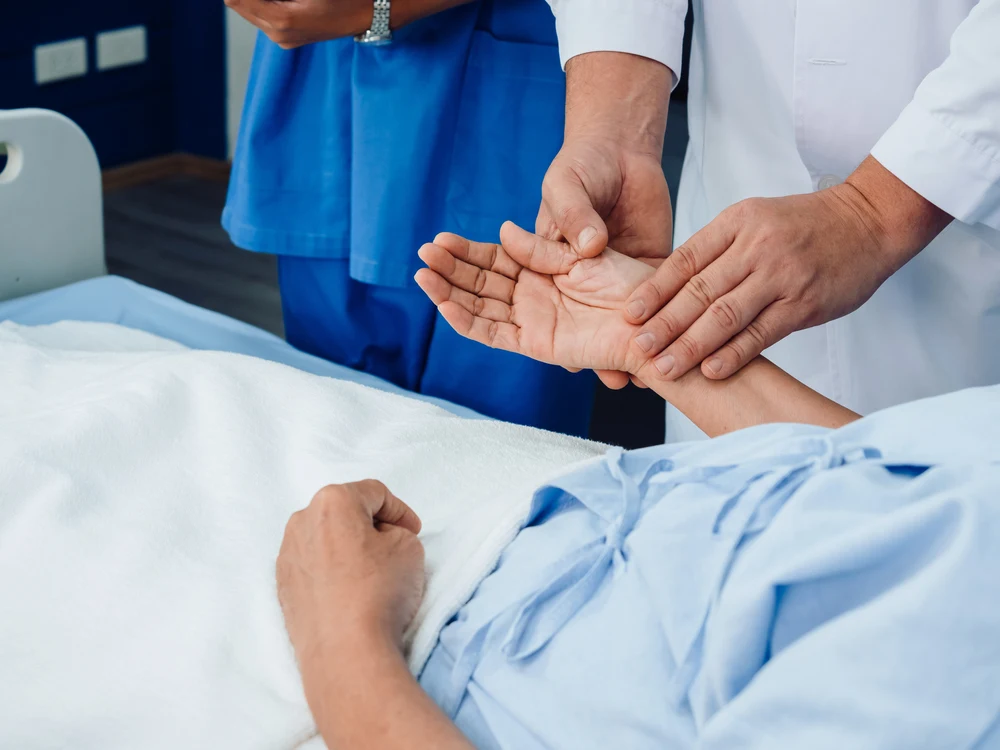Céline Dion's sister recently revealed uncertainties surrounding the singer's future music career due to her diagnosis with an autoimmune disease known as stiff person syndrome (SPS). This rare autoimmune neurological disorder induces progressive muscle stiffness and painful spasms in the lower back, legs, and torso, with symptoms fluctuating between worsening and temporary improvement. SPS can lead to chronic pain, falls, and diminished mobility over time.
Understanding Stiff Person Syndrome
Incidence and Demographics:
SPS is an exceedingly rare condition, affecting an estimated one to two individuals per million. It typically manifests in people aged 40–50, although cases involving children have been documented. Originally labeled stiff man syndrome, this autoimmune disorder predominantly affects women, following the common trend seen in many autoimmune conditions.
Causes and Autoimmune Connection:
Due to the disorder's rarity, research into the precise biological mechanisms behind SPS is still in its early stages. Current evidence suggests an autoimmune reaction where the body erroneously attacks healthy tissues. Around 80% of SPS patients have detectable autoantibodies in their blood, targeting nerve cells that produce the neurotransmitter GABA in the brain. GABA plays a crucial role in dampening brain activity and regulating motor neurons. The theory posits that reduced GABA availability prompts overactive neurons to signal continuous muscle contractions or spasms.
Moreover, many SPS patients also contend with other autoimmune diseases such as type 1 diabetes, vitiligo, or pernicious anemia.
Diagnosis Challenges
Misdiagnosis and Overlapping Symptoms:
Due to its rarity, SPS is often misdiagnosed as Parkinson's disease, and its symptoms overlap with those of conditions like multiple sclerosis, fibromyalgia, anxiety, and phobias. Diagnosis involves blood tests to identify autoantibodies, although some patients may not test positive. Additionally, MRI and CT scans are employed to rule out conditions that might be confused with SPS.
Managing SPS
Treatment Approaches:
As of now, there is no cure for SPS, but various treatments aim to manage symptoms. Sedatives, muscle relaxants, and steroids can provide relief from muscle stiffness and spasms. Immunotherapy, particularly intravenous immunoglobulin, has shown promise in reducing stiffness and improving gait and balance, offering a glimmer of hope for those grappling with this challenging condition.
In conclusion, while stiff-person syndrome presents significant challenges and uncertainties, ongoing research and evolving treatment options offer potential avenues for managing and improving the quality of life for individuals affected by this rare autoimmune disorder.
Tete escape via Depositphotos
